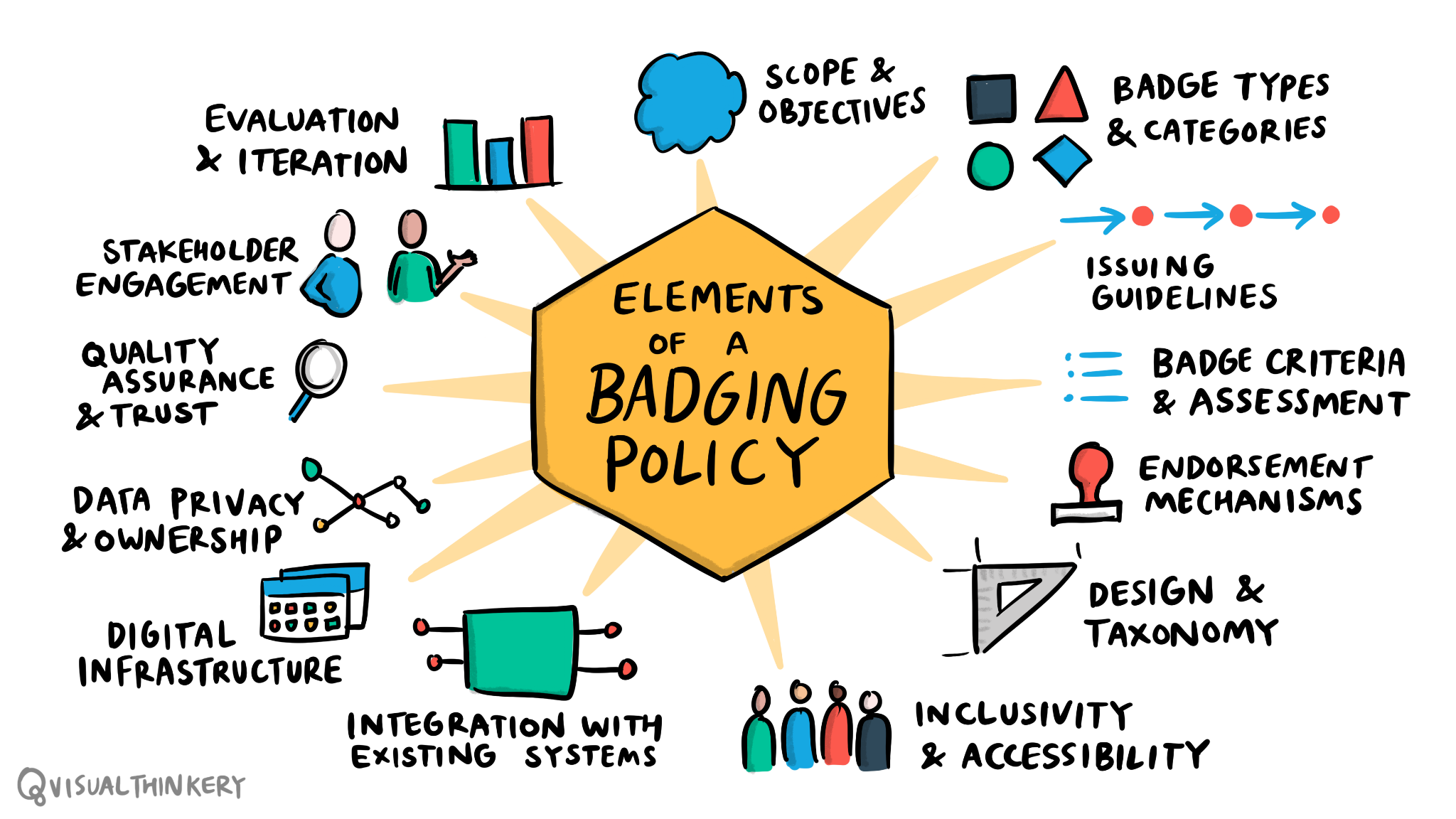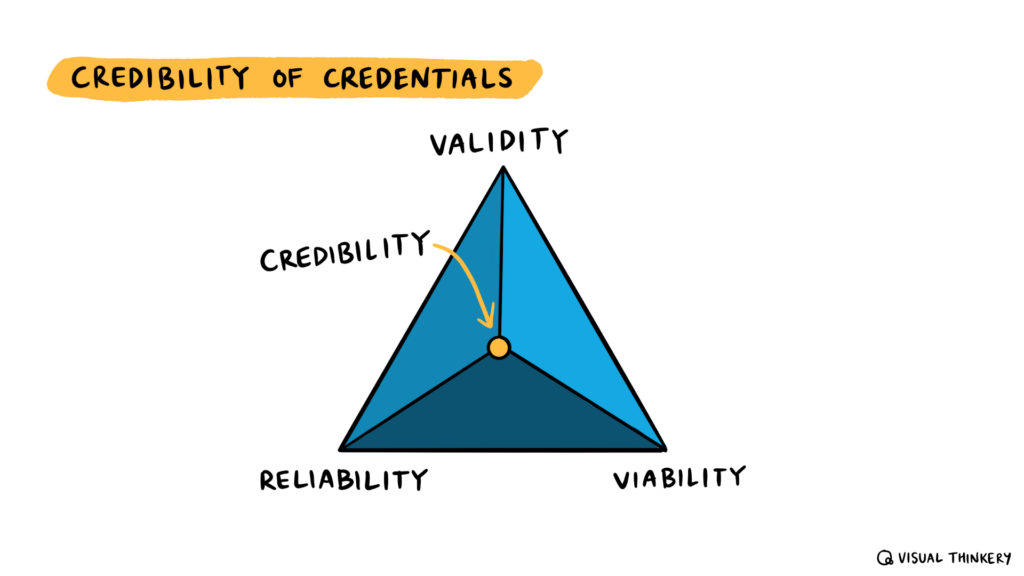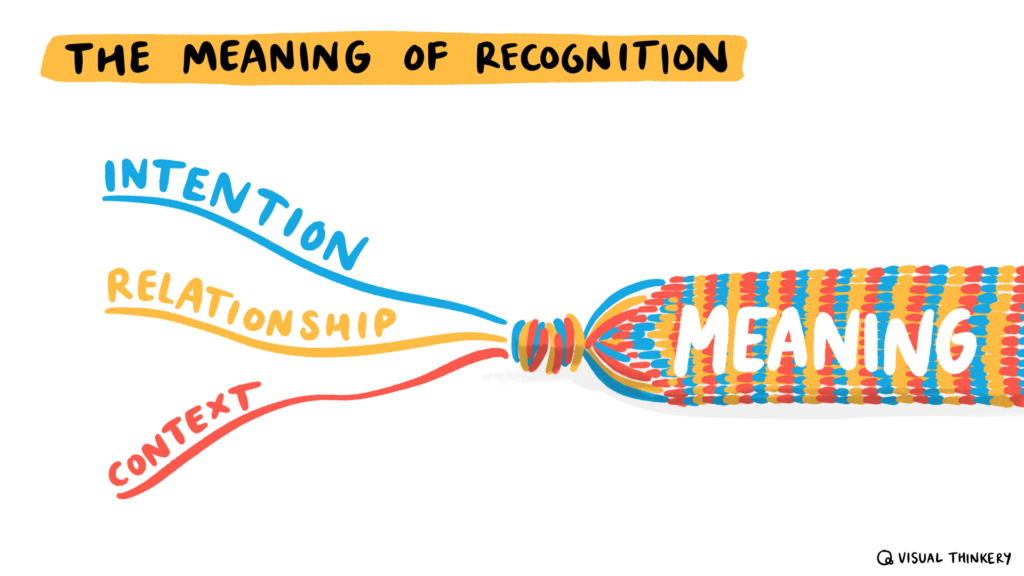How to implement badges for Open Recognition
TL;DR: Bryan and I ran a couple of workshops for N-TUTORR: an introduction to digital badging for staff CPD, and developing and implementing a badging policy. He created some great new imagery for it.
Ken McCarthy was kind enough to invite Bryan Mathers and me to run two workshops as part of the N-TUTORR programme. This initiative, which comes to an end in the next couple of months, is “helping the technological higher education sector in Ireland to transform the student experience”. Our workshops focused on badges and recognition, with the first being an introduction to the concept, and the second about developing a badging policy.
It’s always an absolute pleasure collaborating with Bryan, and this was no exception. While you can find the slide decks below, I want to use this post to call out a few images that he created specifically for the second of these workshops:

As part of our planning, we created a sample badging/recognition policy. But that needed bringing to life, which Bryan did in magnificent fashion with the above image. We used this to structure the presentation (aka “Doug solo waffle”) part of the workshop, going through step-by-step.

We were talking about different types of recognition and decided that we wanted to focus on interpersonal recognition. Between our co-working planning sessions, Bryan had a fantastic idea to create a ‘typology’ which focuses on the kind of gestures we tend to use when recognising each other.

Although microcredentials and recognition badges use the same underlying technology, they’re quite different approaches. This can be difficult to explain. Usually, I talk about how pieces of paper can be used for a range of purposes: certificates, doodling, or making paper aeroplanes. This illustration, however, which resulted from conversations with Bryan, does a good job of helping explain things from a policy point of view.

This image is the third iteration of an illustration that Bryan first drew when we were both consulting with City & Guilds. The idea comes from Paddy Craven, who was Director of Assessment Policy there at the time, and really helped our thinking. Viability is about whether the assessment measures what it is supposed to measure. Reliability is whether it measures it in an accurate way on a consistent basis. Viability is about whether the assessment system can be sustained over time. Credibility emerges from these three factors.

Given we had an image to help understand how to create ‘credible’ credentials, we needed one for recognition. The thing that emerges here is meaning, with that resulting from the intention of the recogniser, the relationship between the recogniser and recognisee, and the context within which that operates.
All images from Visual Thinkery available under a Creative Commons CC BY-ND licence.
